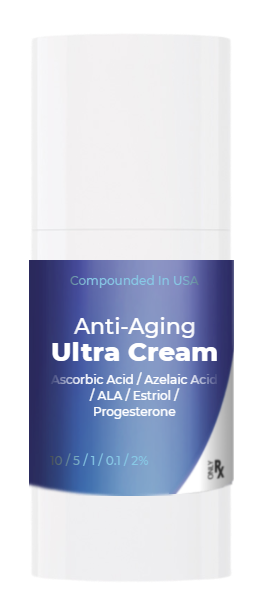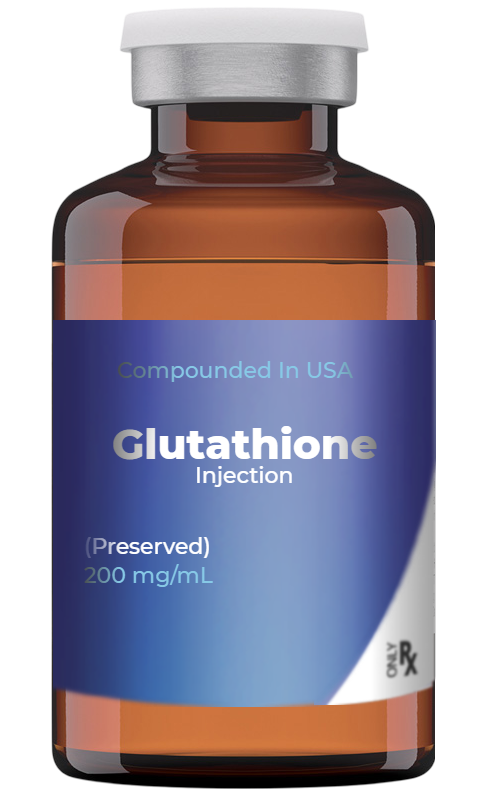Product Breakdown
Ascorbic Acid
Although vitamin C is a critical nutrient for overall health, very little reaches the skin when taken orally.
As levels of vitamin C in skin decline with age replenishing levels directly in the skin may help combat collagen degradation and oxidative stress.[5] Results from clinical trials have shown that when applied topically, vitamin C may promote collagen formation and mitigate the effects of free radicals, helping to maintain firmer and more youthful skin.
Azelaic Acid
Azelaic acid is a chemical not only commonly found in various grains, but is also naturally synthesized by the yeast that exists on healthy skin.
Azelaic acid is a potent antioxidant with powerful anti-inflammatory and antibacterial properties that may show promising results including
Brighten Skin Tone
Visibly Improve Skin Texture
Reduce The Visibility of Blemishes
Commonly used to treat acne, research has demonstrated that azelaic acid may be used to effectively treat rosacea, flaky skin, and hyper-pigmentation.
Azelaic acid also functions as a keratolytic, which means it may help return abnormal growths on the skin back to normal.
Alpha Lipoic Acid
Alpha lipoic acid (ALA) is naturally found in the mitochondria of our cells as part of an enzyme system that assists in the production of energy.
ALA is both water and fat-soluble so that it can be easily absorbed through the lipid (fat) layers of the skin and also works as a free-radical fighter in the cell’s plasma membrane to act as a strong antioxidant.
Used topically, ALA may offer multiple benefits to skin. ALA may cause a significant decrease in the appearance of under-eye circles, loss of firmness, and puffiness.[8]
ALA’s anti-inflammatory effect may also help reduce visible blotchiness and redness, potentially resulting in a more even skin tone. ALA may also help minimize the appearance of pores and produce a healthier glow to skin.
ALA may also be an effective solution to help minimize visible fine lines and wrinkles because of its capacity to regulate the production of nitric oxide, which influences blood flow to the skin.
Estriol
One of the many roles of estrogen in the body is to increase the synthesis of collagen, which is the skin’s underlying support structure. [12]Collagen also promotes skin thickness and elasticity. The skin is an important estrogen-responsive endocrine tissue. Without the growth-promoting effects of estrogen, skin may wither away.
Estriol is a “weak” estrogen, which can be synthesized from plant sources. Estriol doesn’t need to be counterbalanced by progesterone and may not have a widespread effect on the body. This makes estriol an ideal estrogen for topical use since research suggests its application remains primarily in the skin, rather than in the bloodstream.
Progesterone
Progesterone is a hormone that occurs naturally in the body and is produced by the ovaries. It may reverse the acceleration of the skin’s aging process due to menopause, helping to maintain a more youthful appearance.
Storage
Store this medication at 68°F to 77°F (20°C to 25°C) and away from heat, moisture and light. Keep all medicine out of the reach of children. Throw away any unused medicine after the beyond use date. Do not flush unused medications or pour down a sink or drain.


